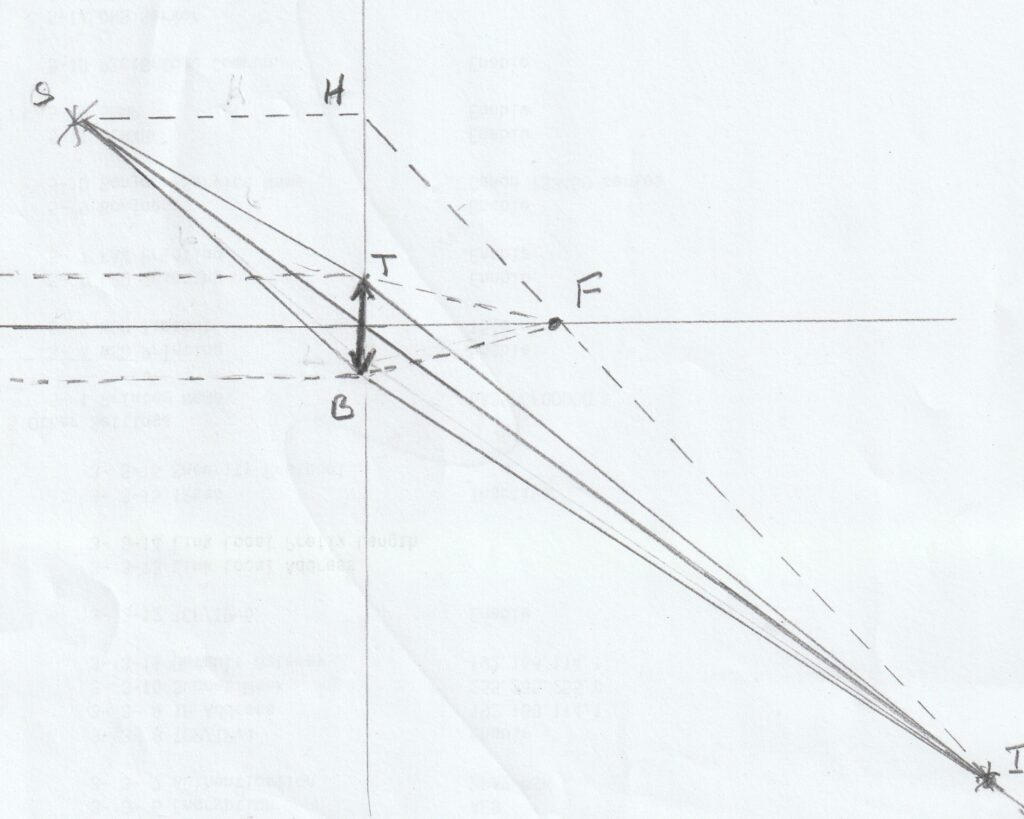This Quora Answer by John Fernee gives some useful intuition,
saying:
The principle of least action can be derived simply by asking that each point in a path has enough information to derive the next infinitesimal step.
That is essentially determinism: If you know the complete state of a system at any point in time, you can derive the state of the system at any other point.
The principle of determinism is all that you need to define a unique path. The mathematics of path integrals can then be used to derive the principle of least action using the calculus of variations.
The principle of determinism is actually modified with quantum mechanics. The deterministic aspect of quantum mechanics relates to the evolution of the wavefunction. Whereas measurement outcomes are probabilistic. This lead to Feynman generalising the principle of least action, which resulted in the path integral formalism of quantum mechanics.
As to why does the universe satisfy the principle of least action, you can only state that if it didn’t, we’d be unable to predict anything with certainty. There would be multiple paths to some observed state and we’d be at a complete loss to discover which path was taken. That might sound like the Feynman path integral approach, but it isn’t. The fact that wavefunction evolution is deterministic means that there must be interference between the different quantum paths that result in the deterministic evolution.
A subsequent comment clarifies the meaning of “determinism” as basically referring to being governed by a second order DE in terms of the position coordinates and adds motivation for the fact that L=T-V:
The concept of energy is closely related to the principle of least action, but does not form part of the definition. The definition is far simpler: That a particle will follow a unique path and that path can be determined from position and velocity coordinates.
This is a mathematical process for determining a unique path and it just happens to match with the physical requirements for particles to have deterministic trajectories.
As for energy, the Lagrangian that corresponds to Newtonian physics is simply given by the difference in the kinetic and potential energies; L=T-V. The minimisation is with respect to this Lagrangian and is given by the condition that dL/ds=0, where ds represents the change in path. Given the form of the Lagrangian, we can write, dT/ds=dV/ds. These quantities can be identified as the action and reaction forces of Newton’s third law. So what we’ve really got is a statement that the path is defined as the trajectory where the action and reaction forces are balanced. The simplest example is in circular motion where the centripetal force is equal and opposite to the centrifugal force. Even though the centrifugal force is a fictitious force, it must be equal and opposite to the centripetal force for there to be circular motion.
But I have some quibbles with the references to quantum mechanics which I think are better covered (though still not perfectly) in Andrew Winkler’s answer.
Source: (1001) Why does the principle of least action hold in our universe? – Quora
